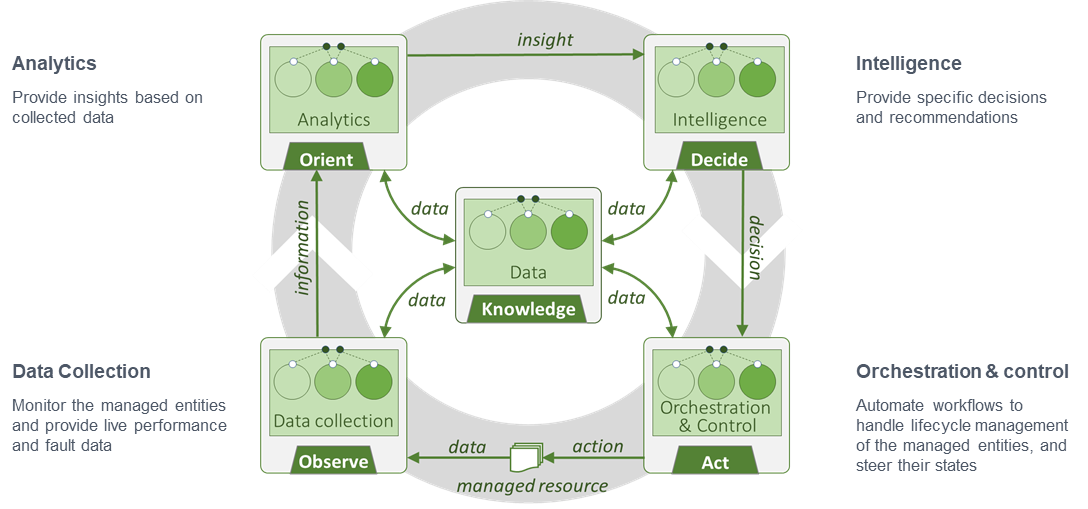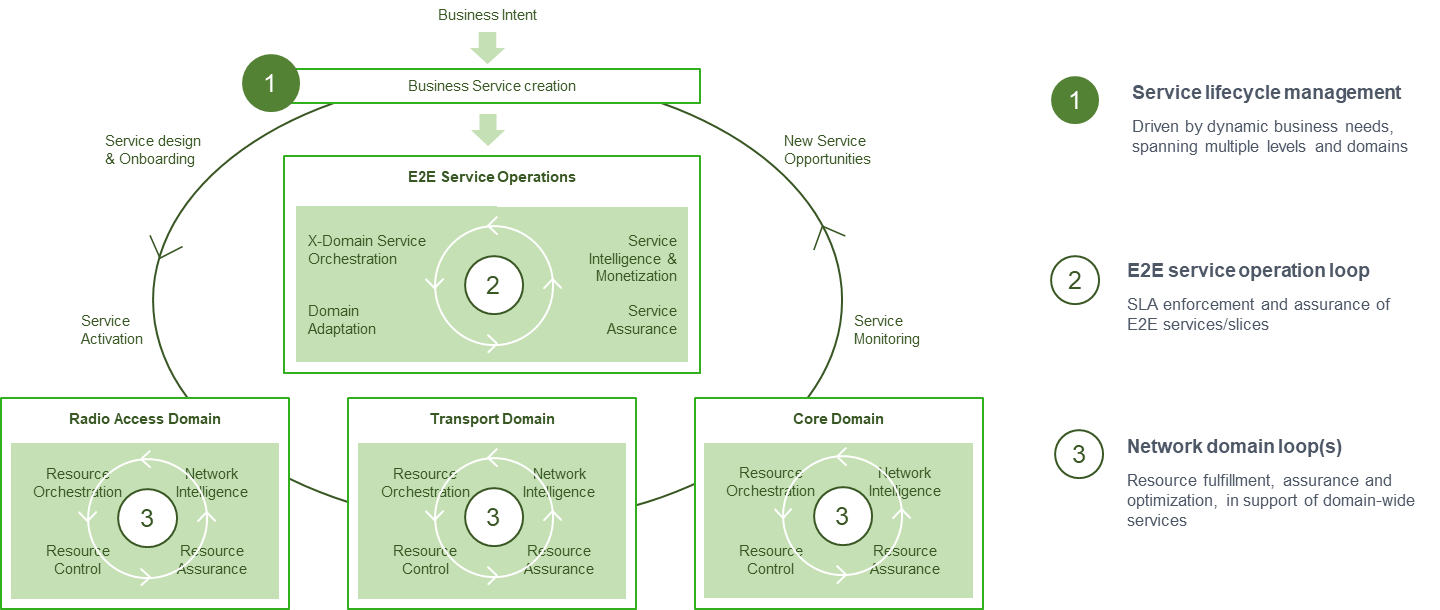The recently released ETSI ZSM specification on closed-loop enablers provides a significant boost for enabling full end-to-end network and service automation
The accelerated worldwide deployment of 5G networks poses a significant challenge to the way networks and services are created, orchestrated and managed. Full end-to-end automation becomes crucial for the delivery, dynamic adaptation and continuous assurance of the highly diverse services – each with its own broad range of requirements – while still ensuring economic sustainability. In addition, the network’s performance, coverage and capacity should be constantly assured to satisfy the requirements of the active services.
The ETSI ZSM (Zero-touch network and Service Management) group was formed in December 2017 with the goal to define a future-proof, end-to-end operable framework, solutions and core technologies which would enable zero-touch automation of emerging and future networks and services driven by high-level business policies. The ultimate target is to enable network autonomous operation steered by high-level policies. The autonomous networks will be able to self-manage and self-organize (configuration, healing, assurance, optimization, etc.) without human intervention beyond the initial transmission of intents.
The ZSM framework (ETSI GS ZSM 002) was designed to enable adaptive, closed-loop automation – providing a feedback loop (depicted in Figure 1) between data monitoring, data analytics, decision making and adaptive actions that aim to reach and preserve a set of objectives without external intervention.
Figure 1: Closed loop example
A closed loop enables the continuous optimization and adaption of network and resource utilization as well as automated service assurance and fulfilment. The automated decision-making mechanisms can be bounded by rules and policies to determine the operational conditions under which autonomous operation is allowed. Advanced machine learning and artificial intelligence can empower the closed-loop operation.
The recently released ZSM specification on closed-loop automation enablers (ETSI GS ZSM 009-1) specifies “Governance” services that allow the creation, execution and life-cycle management of a closed loop as well as the configuration of related policies and rules to steer the behavior. The “Governance” services also support interaction between closed loops and external entities, such as human operators, allowing them to supervise the operation and performance of closed loops. As more automation and closed loops are deployed and start to operate safely/efficiently, human trust will increase and the requirement for a level of supervision/visibility will diminish.
As depicted in Figure 2, closed-loop operation can be implemented at the management domain level (i.e. the scope of management inside an operator that is typically delineated by an administrative or technological boundary, such as Radio Access). Closed-loop operation can also occur at the end-to-end service-management domain level and can span multiple management domains. Multiple closed loops can run simultaneously.
Figure 2: Intelligent, coherent and interconnected loops across business, service and network management domains
ZSM 009-1 provides capabilities to support coordination, delegation and escalation between closed loops while ensuring intelligent, consistent and coherent service delivery.
Coordination between loops is essential when there is dependency between their operations or when they can adversely interfere with each other. It can also help to improve their operations and fulfill their goals, for example by sharing information produced by the different closed-loop stages.
The specification also enables the delegation and escalation of respective goal(s) between superior and subordinate closed loops. It provides services that a superior closed loop can use to delegate respective goal(s) to the subordinate closed loop(s), e.g. by setting the policies and/or the intents that allow the subordinate closed loop to act autonomously. Other services allow a subordinate closed loop to escalate to the superior closed loop in a situation, for example, where it is not able to achieve the goal(s) assigned to it. Escalation and delegation support the separation of management and automation into different autonomous areas of concern (end-to-end cross-domain service operations, management domains), where each is responsible for assurance and intelligent automation within its scope.
Alignment and leverage of this document horizontally and vertically by 3GPP and O-RAN is essential to ensure cross-use cases, cross-domains, cross-planes, interoperable, unified and consistent closed-loops and cognitive operation.



